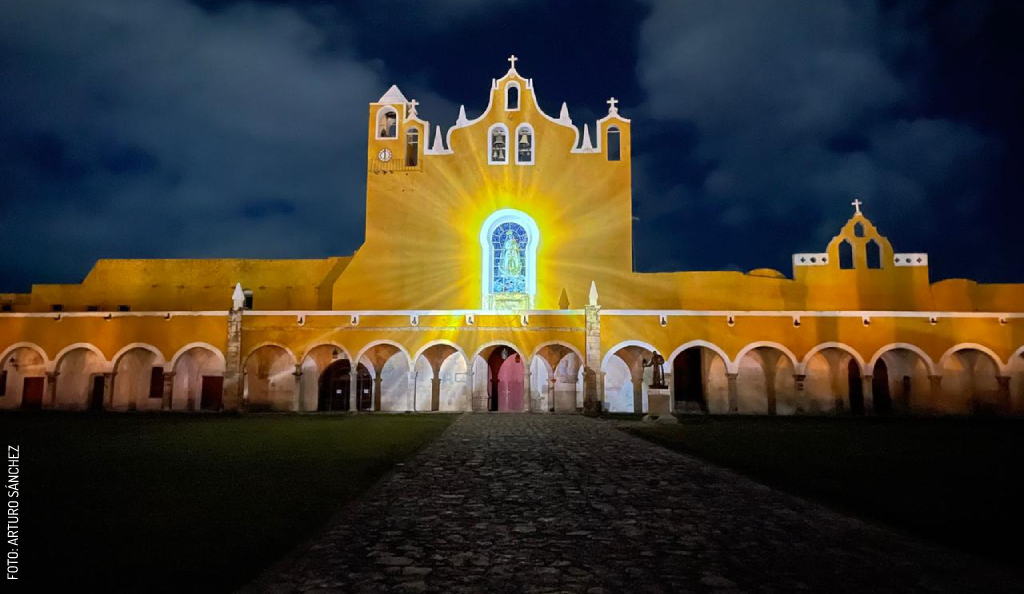- Home
- Destinations
- Towns of Yucatán
Towns of Yucatán
Visit the enchanting Magical Towns of Yucatan and find yourself in their history, culture and beauty. Feel the magic of Valladolid, Izamal, Maní and more!
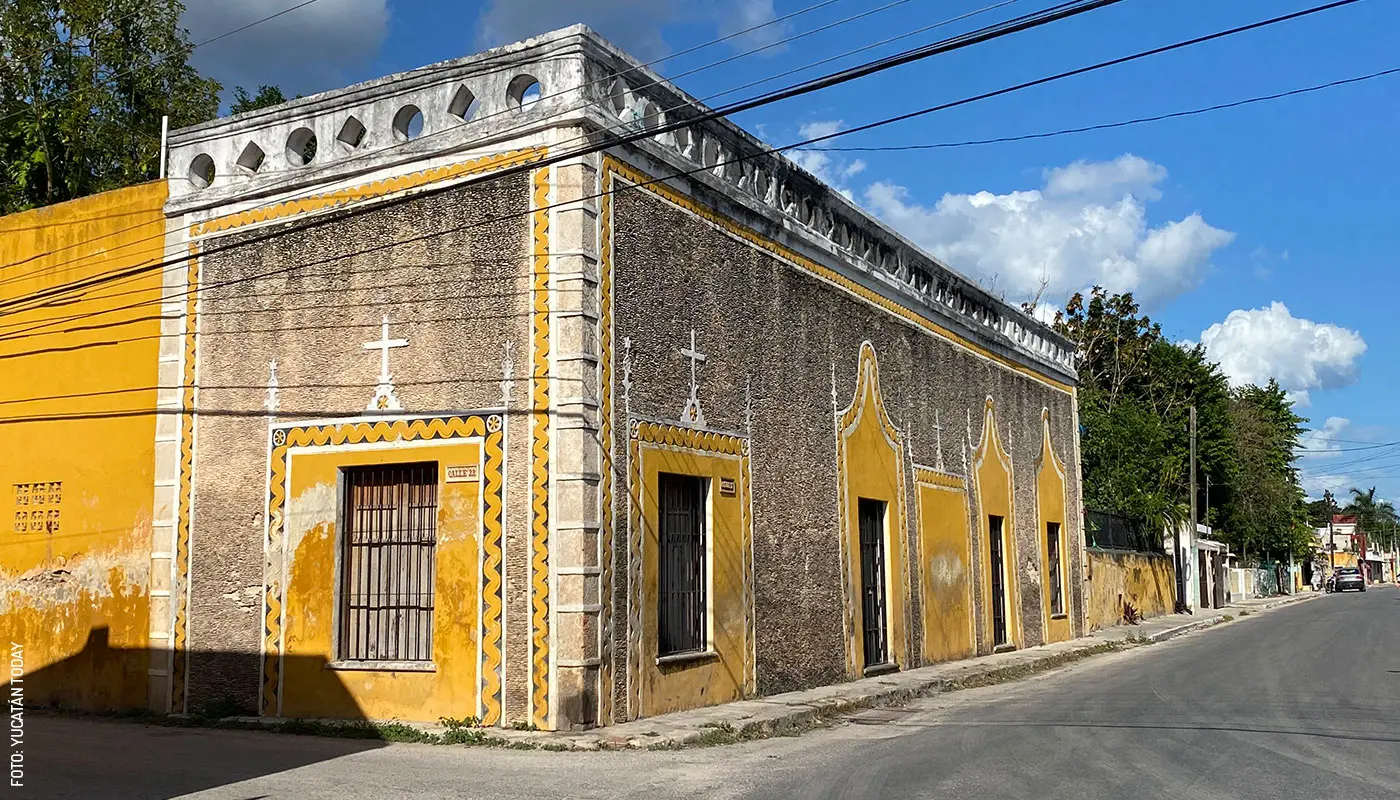
The Towns of Yucatán
Let your spirit of adventure spirit guide you along new routes to discover Yucatán. Exploring small towns along the way could be a great way to reach your destination. You will discover unique areas located in the heart of the henequén zone, so take lots of pictures and have a wonderful time!
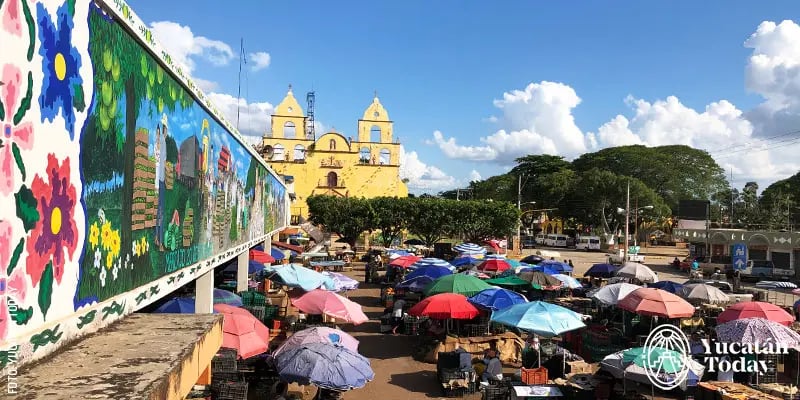
The Seven Magical Towns of Yucatán
We don’t need to tell you that, in our opinion, all of Yucatán is brimming with magic. However, the Mexican government has a program that formally recognizes certain towns for their unique traits—be it their traditions, history, nature, cuisine, or a combination of these—that make them well worth a visit. Yucatán officially boasts seven Pueblos Mágicos (Magical Towns), each offering its own distinctive charm. In alphabetical order, here’s a brief look at them:
Magical Town since 2023
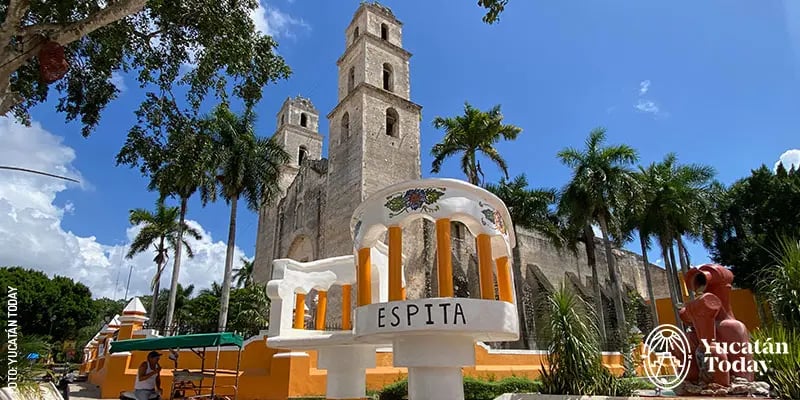
Once hailed as the cultural capital of the state—and known as the Athens of Yucatán—today Espita is the go-to destination for travelers seeking a restful escape. Its ideal location as a base for visiting Chichén Itzá, Ek Balam, Izamal, Tizimín, Río Lagartos, and more, combined with its charming, traditional atmosphere and outstanding lodging options, makes this town a peaceful retreat where time seems to slow down.
Magical Town since 2002
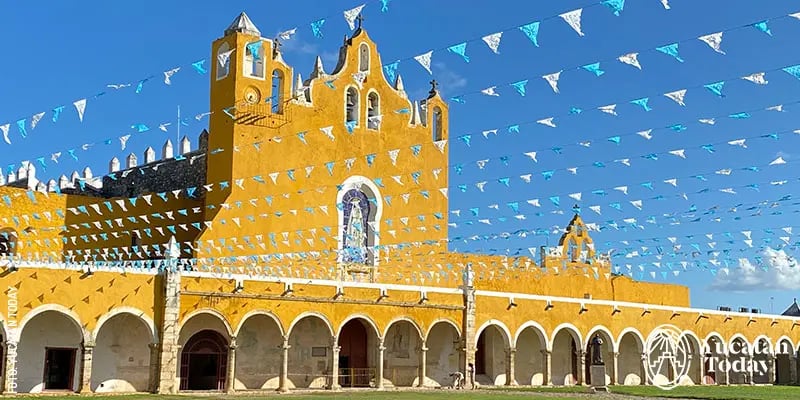
A single glance at Izamal and it’s easy to understand why this Yellow City was one of the first towns nationwide to earn the title of Pueblo Mágico. Is it the warm, golden hue of its colonial buildings? The numerous free-access archaeological sites scattered through the heart of the town? Its status as one of Mexico’s few “Three Cultures Cities”? Or perhaps the stunning elevated atrium of its massive convent? Whichever reason you choose to fall in love with it, they’re all equally valid.
Magical Town since 2020
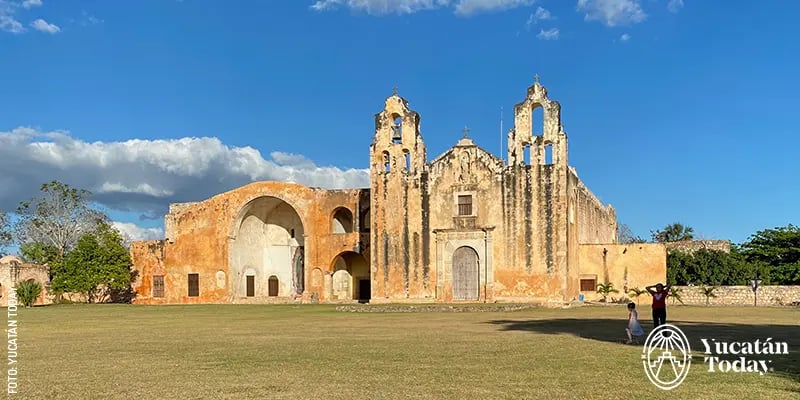
When it comes to Yucatán’s Magical Towns, none says "cultural tourism" quite like Maní. Visit its church and former convent, the site of the infamous auto da fe led by Friar Diego de Landa. Marvel at the various stingless melipona bees raised here, or explore the embroidery workshops where time-honored techniques are passed down through generations. And of course, you can’t miss the legendary poc chuc—grilled pork fillet—a local specialty. In Maní, every minute is a delightful experience.
Magical Town since 2023
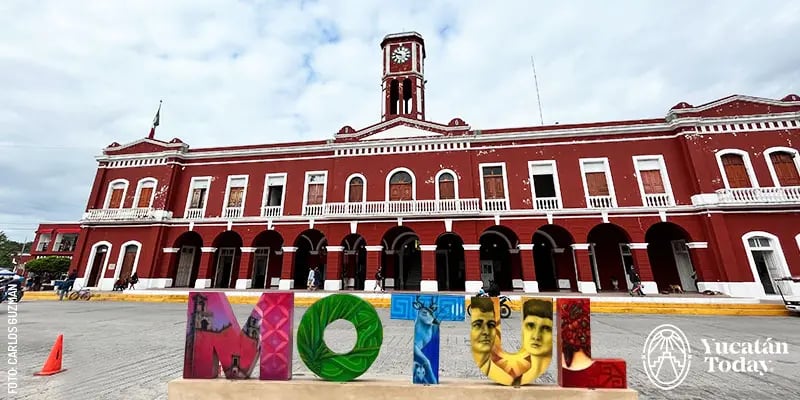
The Magical Town closest to Mérida, Motul offers a wealth of history, gastronomy, and nature that beckons you to explore. This town has made significant contributions to the world, including some famous natives like Felipe Carrillo Puerto, his sister Elvia Carrillo Puerto, and the well-loved recipe for huevos motuleños—a dish enjoyed throughout Mexico.
Magical Town since 2020
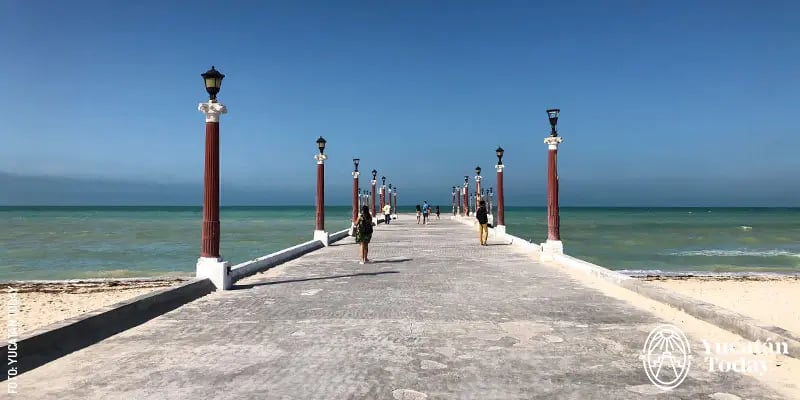
Yucatán’s only coastal Magical Town, Sisal was recently hit hard by Hurricane Milton. Despite the natural protection offered by its expansive mangroves, the town suffered significant damage. This makes visiting Sisal's many attractions—its historic buildings, beaches, mangroves, freshwater springs, and the biodiversity that thrives in these environments—especially meaningful at this time.
Discover more about activities in Sisal here. How about some relaxation time? Some yoga? Perhaps enjoy a fun day with friends and family or have a meaningful experience.
Magical Town of Tekax, Yucatán
Magical Town since 2023
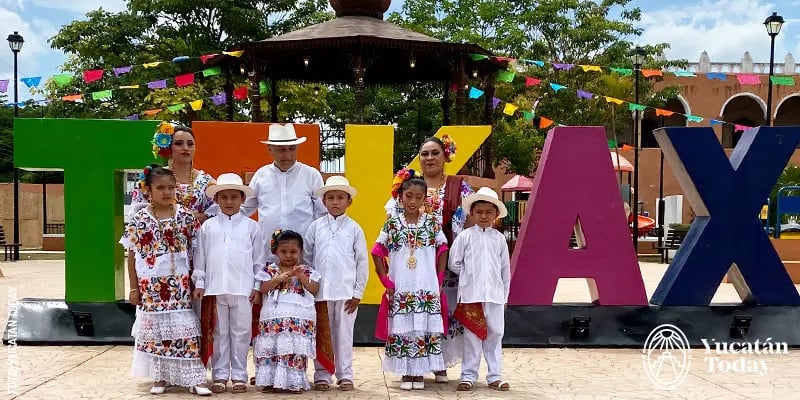
If adventure tourism is your thing, Tekax is the Pueblo Mágico for you. Known as the “Sultana of the Sierra,” this town is nestled within the Puuc Biocultural State Reserve, surrounded by valleys, hills, and a vast network of underground caves. Tekax offers a variety of activities for all skill levels, including hiking, spelunking, mountain biking or ATV circuits, ziplining, rappelling, and more. You can also visit the impressive San Juan Bautista Church (the second-largest in Yucatán after Mérida’s Cathedral), the Mural Alley, and the Ermita de San Diego de Alcalá, dedicated to the city’s patron saint whose miraculous acts are beautifully depicted in murals.
Magical Town since 2012
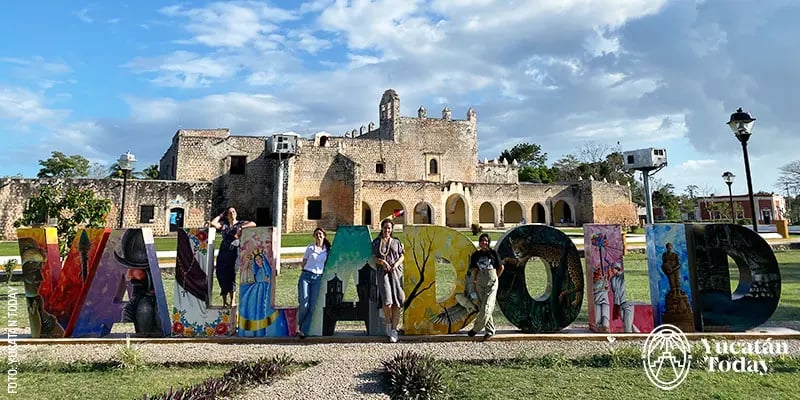
This Pueblo Mágico sits at the crossroads where several toll roads to Quintana Roo meet, making it a convenient stop for travelers heading to Chichén Itzá, one of the New Seven Wonders of the World. But Valladolid’s special allure goes far beyond its location (though it undeniably benefits from a steady stream of visitors). Founded in 1543, just a year after Mérida, the town boasts breathtaking architecture (such as the Convento de San Bernardino de Siena), stunning natural attractions (including cenotes within the town and just outside it), charming streets (like the picturesque Calzada de los Frailes), and a culinary scene that’s second to none (it’s impossible to pick just one highlight).
Each of Yucatán’s Pueblos Mágicos offers its own brand of enchantment, waiting to be discovered at your own pace. Whether you're drawn by history, nature, adventure, or simply the allure of a hidden gem, these towns promise an unforgettable experience.
Other towns in Yucatán
Tixpéhual
In Tixpéhual visit the temple of San Martín Obispo, built in colonial times. Take a good look at the church cornice; it looks like flames. In the main park there is a sculpture by Enrique Gottdiener Soto, dedicated to motherhood.
Cacalchén
In Cacalchén visit the town hall and the temple of Saint Peter and Saint Paul built in the 16th century. During the last week of June, from the 20th to the 29th, the annual fiesta in honor of these two saints, the town patrons, takes place; the whole town gets involved. During Holy Week there is a traditional procession through the streets, carrying the image of the Aké Christ, expressing gratitude for the miracles and blessings given.
During your walk around Cacalchén, take note of the “albarradas” (characteristic walls of Yucatán’s small towns, built with stones) and colorful bouganvillia. Ask about the cenotes that are safe for swimming, like “Ayin,” located inside a semi-open cave, and take a moment to refresh yourself in the cool water. There is a $20 pesos entry charge.
Bokobá
Bokobá is a town full of unexpected surprises such as the Temple and Ex Convent of the Virgin of Assumption, built in the 17th century, benches made of granite in the main park, colorfully painted doors, and of course many bicycles, the main transportation in town.
Tekal de Venegas
Tekal de Venegas is located 30 km away from Cacalchén and 14 km from Izamal. The temples of Saint Roman and Saint Peter are painted in the characteristic yellow and have the traditional staircases. You can also do some eco-archaeological activities at Ox Watz, which has an old sisal hacienda, three watering holes (Tzatz, Kanab and Ox Watz), the archeological site of X’Batún, the Cenote Azul (blue) and Kukulá cenote. There are activities including bicycle tours, bird-watching, and observation of local trees.
Artículos relacionados
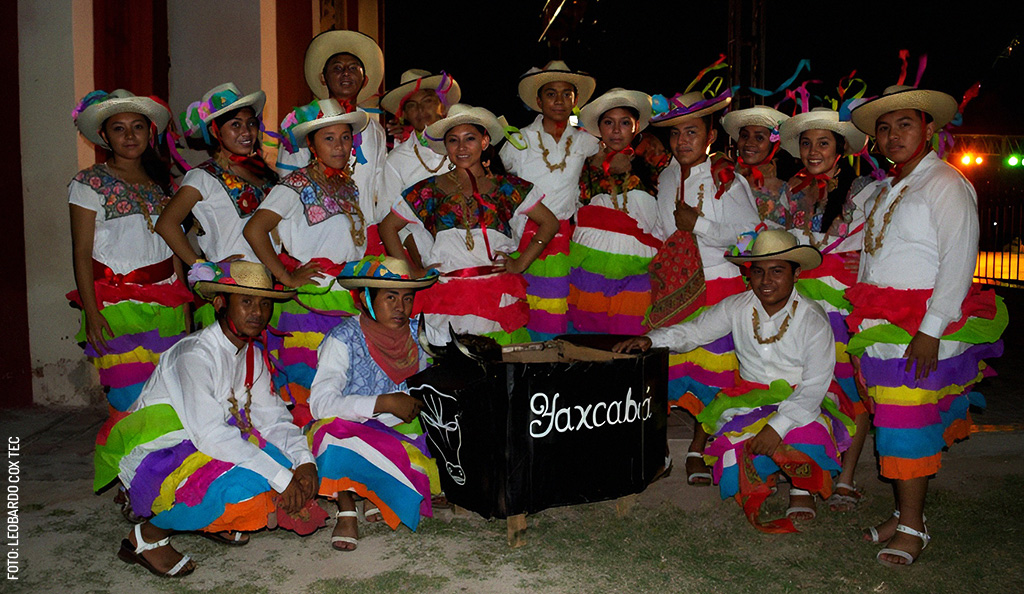
La tradicional Comparsa de Cintas y Danza de los Xtoles de Yaxcabá
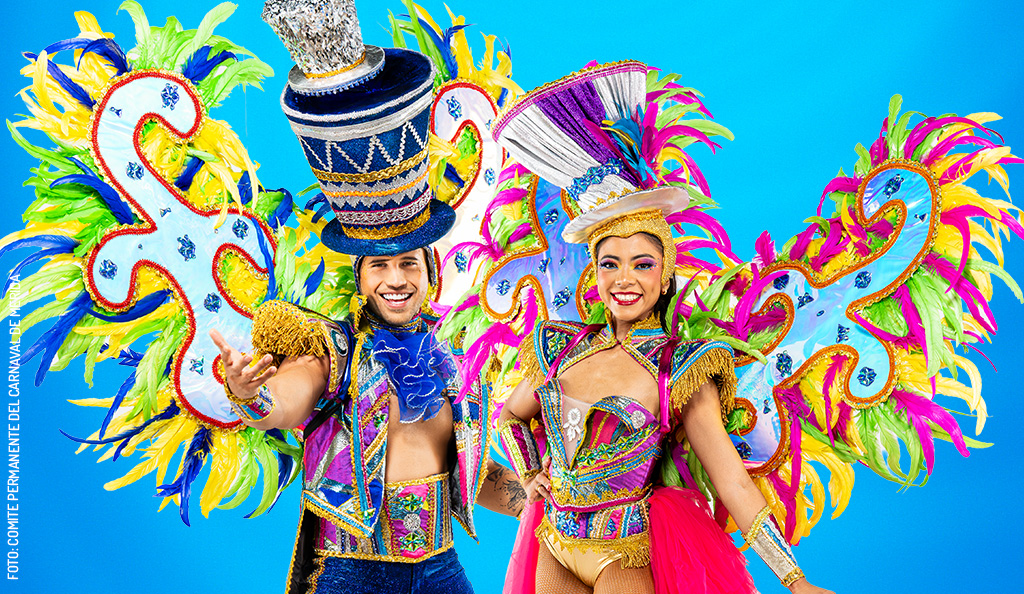
Circo Carnaval Mérida 2026: Cuando la tradición se convierte en experiencia
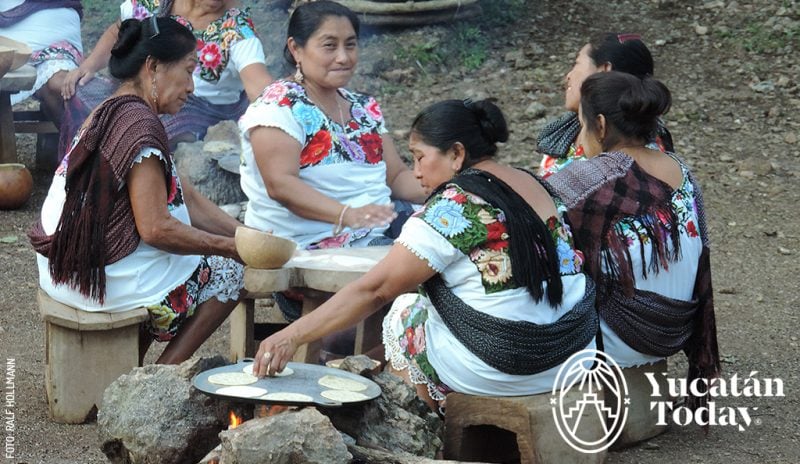
¡Escucha a tu Chichí! - Creencias Yucatecas Populares
Related Posts
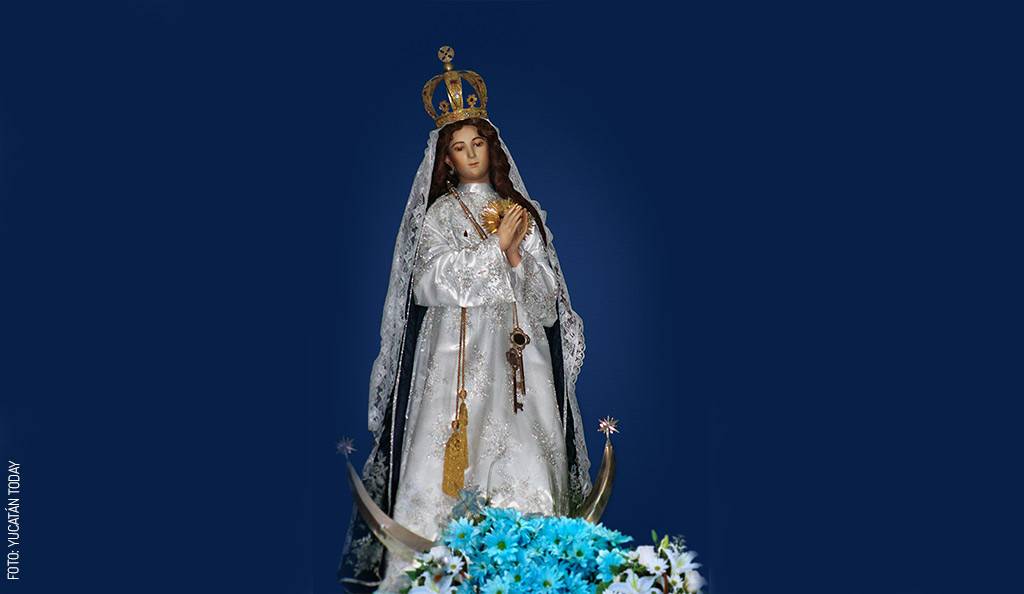
Our Lady of Izamal, the Virgin of the Immaculate Conception
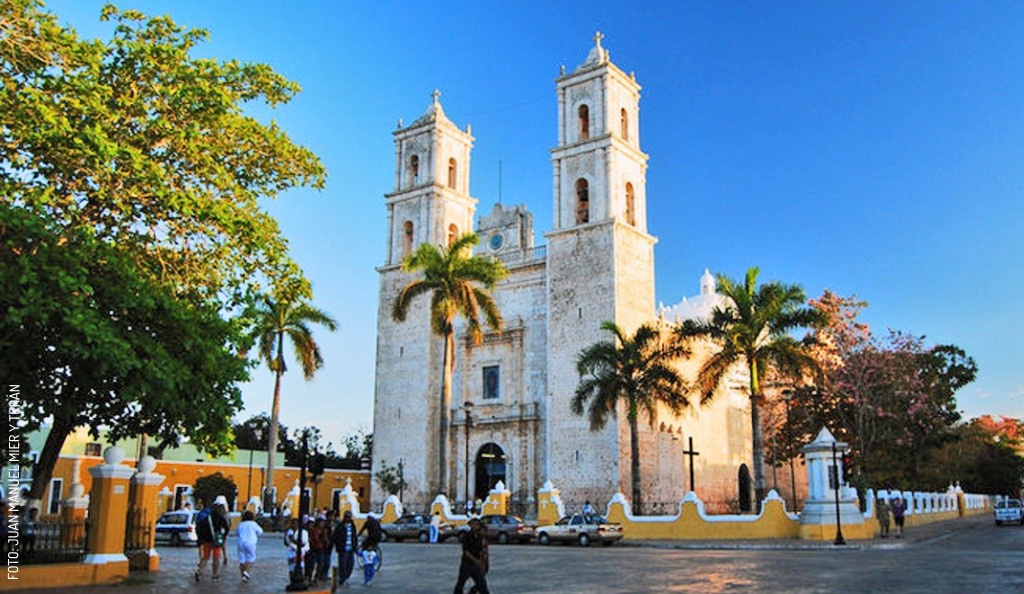
The Profanation of the San Servacio Church in Valladolid: A Bloody Secret
